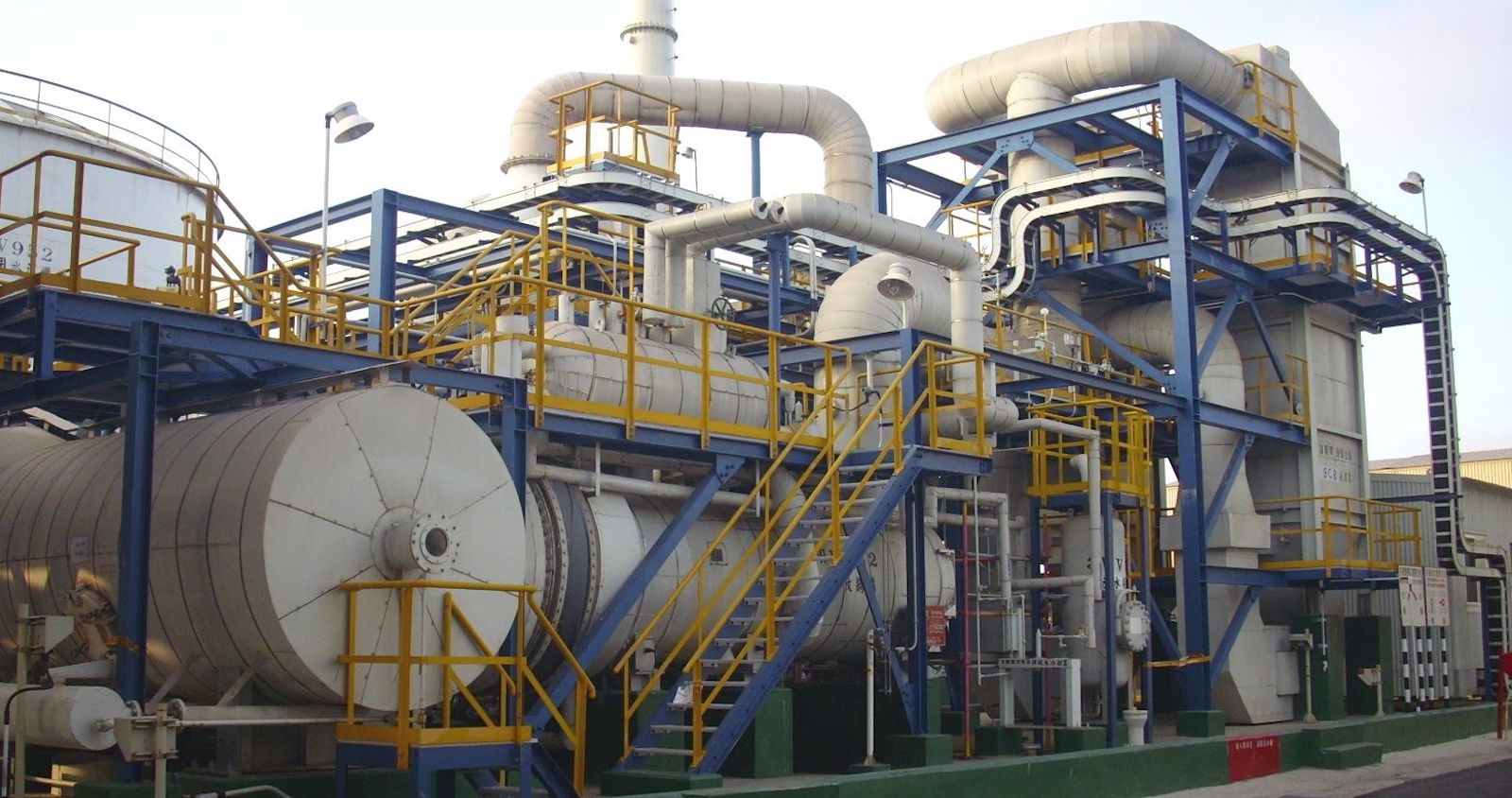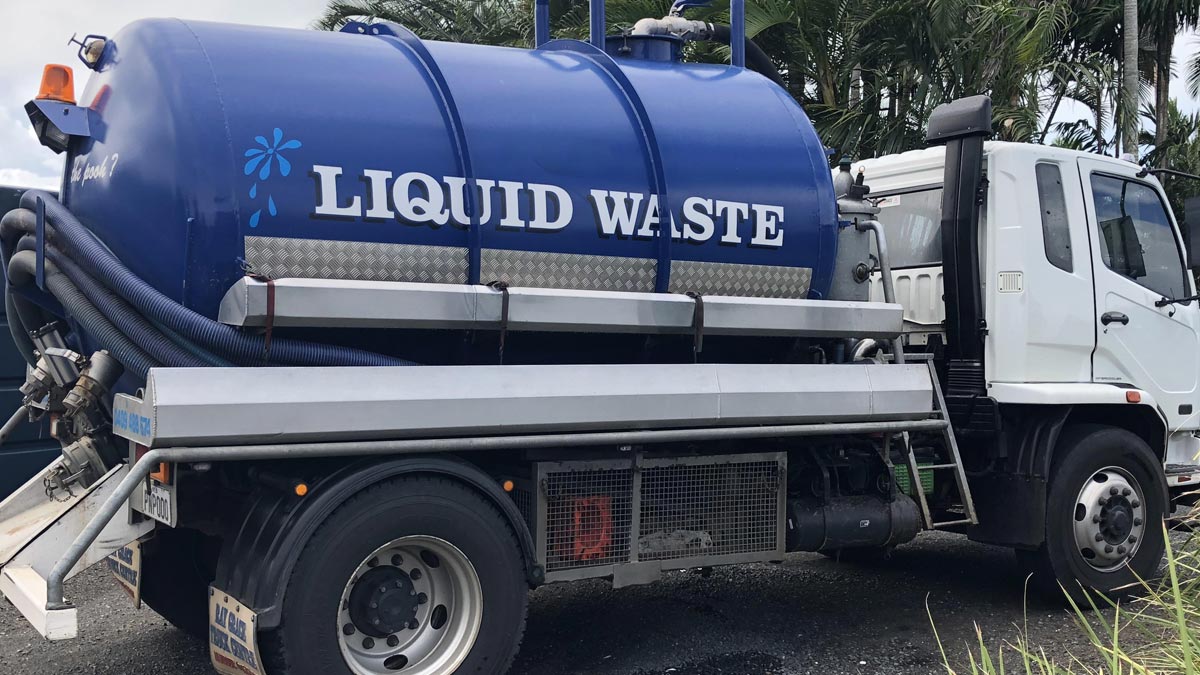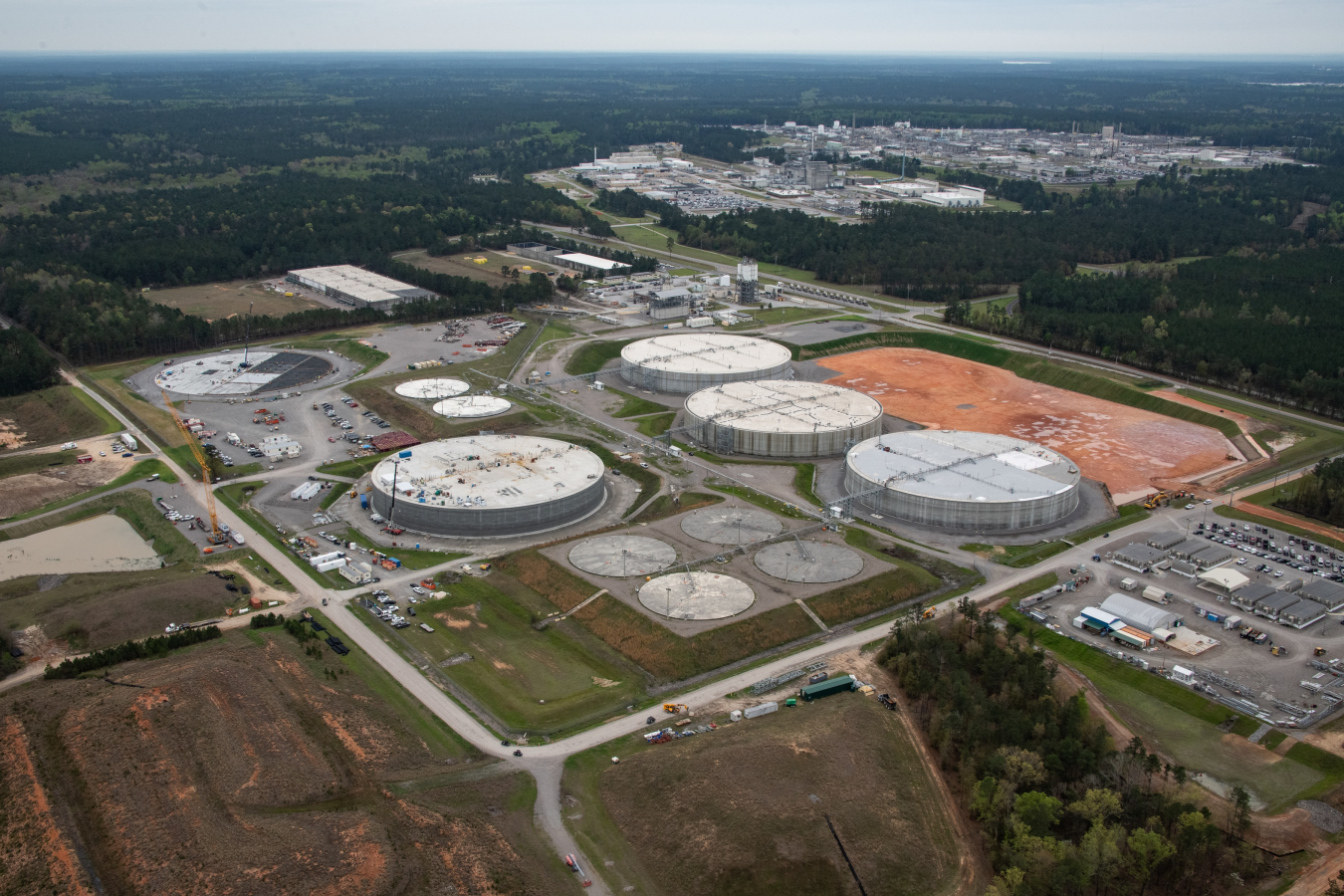Safe and Sustainable Liquid Waste Disposal: Your Go-To Company
Wiki Article
Exactly How Fluid Garbage Disposal Functions: A Comprehensive Review of Techniques and Technologies Used

Summary of Fluid Waste Types
The complexity of fluid waste kinds requires a comprehensive understanding of their characteristics and effects for disposal. Fluid waste can broadly be classified right into a number of types, consisting of commercial, community, agricultural, and contaminated materials. Each classification shows distinctive buildings, requiring certain management approaches to alleviate environmental and health risks.
Industrial fluid waste stems from manufacturing processes and frequently consists of a series of impurities, such as hefty metals, solvents, and organic compounds. Community fluid waste, mainly consisting of wastewater from households and business establishments, includes raw material, nutrients, and virus (industrial wastewater treatment). Agricultural liquid waste, including overflow from ranches, might contain plant foods, chemicals, and pet waste, presenting risks to water quality and environments
Unsafe liquid waste is identified by its poisoning, reactivity, or prospective to cause harm. This category includes compounds like acids, bases, and specific chemicals that necessitate stringent handling and disposal methods. Comprehending these diverse liquid waste kinds is important for developing efficient disposal methods and making certain compliance with ecological guidelines. Correct category and characterization are crucial for executing suitable therapy techniques and lessening the adverse effects on public wellness and the setting.
Physical Treatment Techniques

Testing is the first action, where larger particles and particles are eliminated from the liquid waste using displays or grates. In sedimentation storage tanks, heavier bits resolve at the base, developing a sludge layer, while the clarified fluid can be additional treated.
Filtration is another crucial approach that involves passing the fluid with permeable products, such as sand or membranes, to record smaller fragments. This step enhances the high quality of the liquid, making it suitable for succeeding treatment processes.

Chemical Therapy Strategies
Chemical therapy techniques are important for successfully handling fluid waste, especially in resolving dissolved and colloidal contaminants that physical methods might not adequately remove. These strategies use different chemical agents to neutralize, precipitate, or transform hazardous substances right into less damaging kinds.One usual technique is coagulation and flocculation, where chemicals such as alum or ferric chloride are included in promote the gathering of put on hold bits. This procedure improves sedimentation, allowing for much easier elimination of the resulting sludge. Furthermore, oxidation procedures, employing representatives like chlorine or ozone, are employed to break down complicated natural compounds and pathogens, making the waste more secure for discharge or additional therapy.
Neutralization is one more critical technique, which readjusts the pH of liquid waste disposal melbourne acidic or alkaline waste streams to neutral levels, avoiding possible injury to downstream systems and the environment. Additionally, progressed oxidation procedures (AOPs) use mixes of oxidants and ultraviolet light to deteriorate relentless contaminants, accomplishing a higher level of treatment effectiveness.
Biological Treatment Procedures
Biological treatment processes play a critical function in the management of fluid waste by making use of microbes to break down raw material and minimize pollutant levels. These processes can be broadly classified right into anaerobic and aerobic therapies, each employing certain microbial communities to attain effective waste destruction.Cardio treatment includes the use of oxygen to promote the malfunction of natural products by germs. This process is typically implemented in turned on sludge systems, where aeration storage tanks give a conducive environment for microbial growth, causing the oxidation of organic toxins. The resultant biomass can be separated from treated effluent via sedimentation.
In comparison, anaerobic treatment occurs in the lack of oxygen, counting on different germs to damage down raw material. This approach is especially useful for high-strength waste, as it produces biogas, a renewable resource resource, while minimizing sludge production. Technologies such as anaerobic digesters are often employed in commercial and municipal applications.
Both anaerobic and cardiovascular biological treatments not just minimize the environmental impact of fluid waste yet additionally help with resource healing, making them essential elements of lasting waste management techniques. Their performance, effectiveness, and adaptability sustain their widespread application across numerous sectors.
Emerging Technologies in Disposal
Cutting-edge techniques to liquid waste disposal are swiftly progressing, driven by innovations in technology and an increasing emphasis on sustainability. Amongst these arising technologies, membrane bioreactors (MBRs) have actually acquired traction for their capacity to incorporate biological treatment with membrane filtering, resulting in top notch effluent that can be reused in numerous applications. MBRs enable smaller sized impacts and a lot more effective operations contrasted to standard systems.One more promising growth is the use of anaerobic digestion integrated with nutrient healing innovations, which not just deals with fluid waste yet additionally creates biogas and recuperates valuable nutrients like nitrogen and phosphorus. This twin benefit improves resource effectiveness and reduces ecological effect.
In addition, advanced oxidation processes (AOPs) are being embraced for the destruction of complex natural toxins. These approaches make use of effective oxidants and drivers to break down pollutants at the molecular level, offering a highly effective solution for tough waste streams.
In addition, the assimilation of artificial knowledge and device learning in waste management systems is optimizing functional effectiveness and predictive maintenance, leading to reduced prices and enhanced environmental conformity. These modern technologies show a considerable change towards more efficient and lasting liquid waste disposal techniques.
Conclusion
In verdict, reliable fluid waste disposal requires a detailed understanding of numerous techniques and technologies. By continuously progressing these methodologies, it comes to be feasible to deal with the growing challenges linked with fluid waste, inevitably contributing to environmental defense and source healing.Fluid waste disposal is a crucial facet of ecological administration, needing a detailed understanding of numerous methods and technologies tailored to various waste kinds. Liquid waste can generally be classified right into several kinds, consisting of industrial, municipal, agricultural, and unsafe waste. Agricultural liquid waste, consisting of drainage from farms, may have plant foods, chemicals, and animal waste, posturing dangers to water quality and ecological communities.
Various physical therapy methods play an important role in managing liquid waste properly - industrial wastewater treatment.In conclusion, effective liquid waste disposal demands a comprehensive understanding of various methods and innovations
Report this wiki page